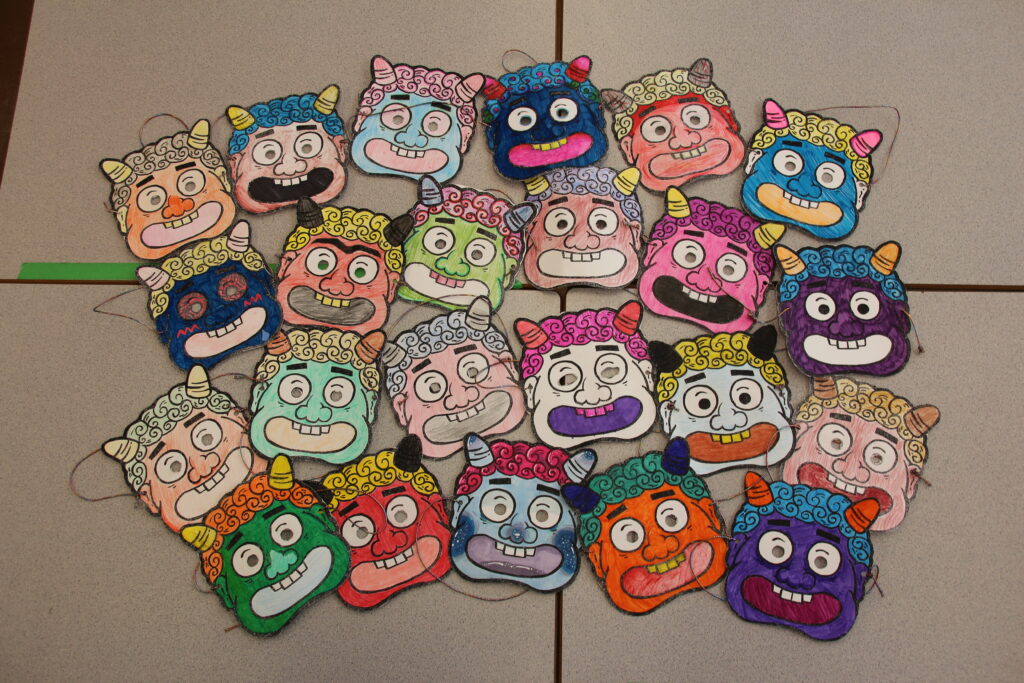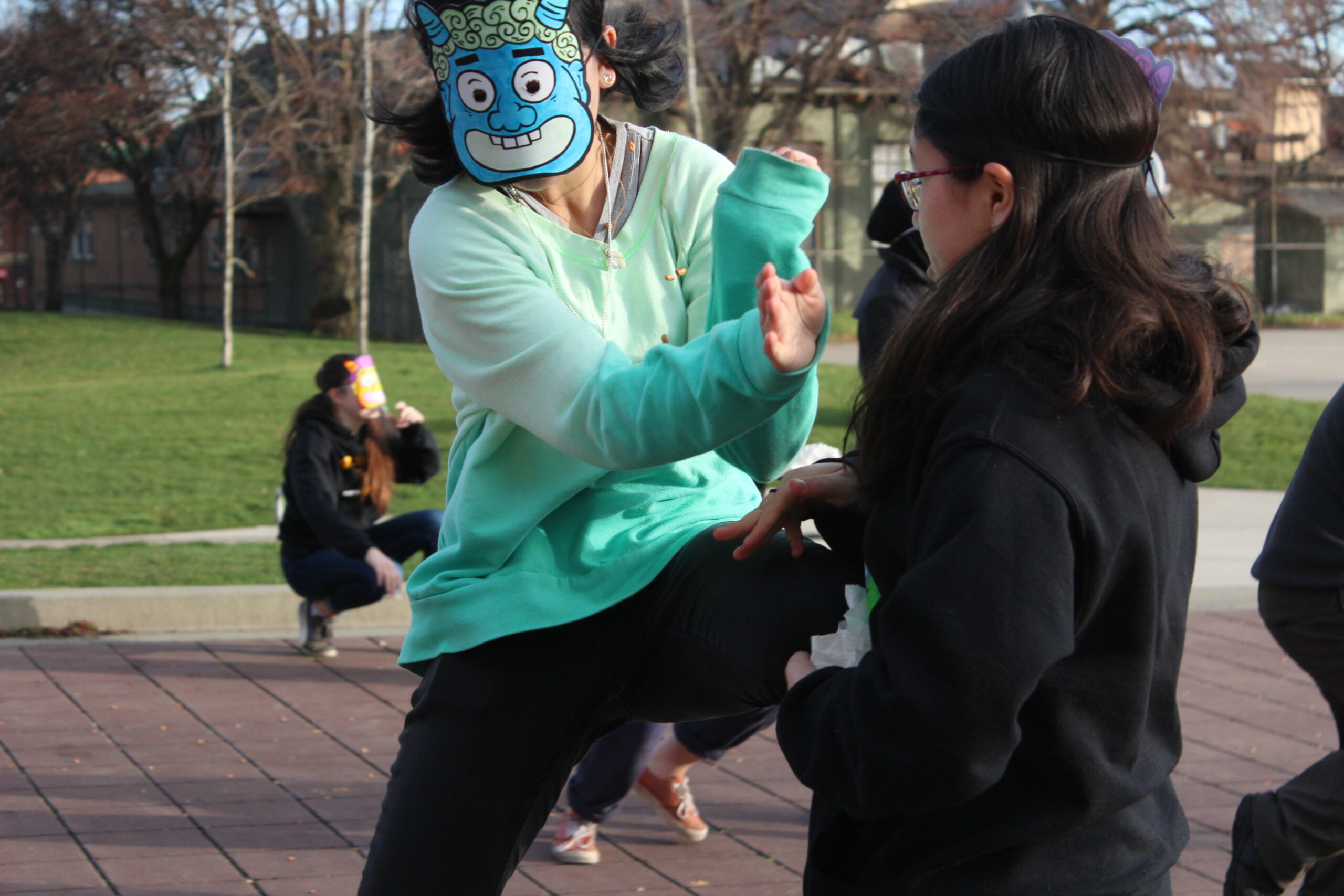

These ideas are related to getting students involved in active participation in the lesson. The primary focus is behaviour, which is easily observable and often is described as “participation.” Generally speaking, the goal is for students to participate in an activity versus not.
Focusing on behavioural engagement in the classroom is something every teacher has done successfully. Generally speaking, these are active versus passive activities. Thus, watching a video may fall under cognitive engagement, or even emotional engagement, but not behavioural. The strategies suggested here are not new, nor are they unique; for many, they are reinforcement and confirmation that the teachers are already getting high student engagement. The goal in this section is to highlight the types of activities, which then can be applied to whichever grade level and subject area a teacher has.
The best examples of high behavioural engagement, especially in high school, come from the Applied Arts. Teachers of Woodworking, Foods, or Auto Mechanics, as a few examples, know that participation is the number one aspect of those courses. A student would not sign up for a Woodworking class expecting not to touch a piece of wood. In this case, participation is understandably a requirement. Dance, Theatre, and Music classes would operate similarly. Of the core academics, Science utilizes many activities that highlight behavioural engagement. Students are often tasked with using bunsen burners, or microscopes, or doing dissections that incorporate high behavioural engagement.
What about some of the core courses such as English, Math or Social Studies? Typically in the core subject areas, any hands-on activity will generate increased behavioural enagagement. Things such as:
- making a poster
- recording a video
- doing debates
- drawing/ colouring
- playing/ making a game
All of the above activities may be done online or using a computer programs as well. For example, making a poster can be done using Microsoft Word, Google docs, or other word processing programs, or PowerPoint or Google slides.

Photo by Dale Sakiyama
The banner image at the top of this page is my Japanese class celebrating the time of the year called “Setsubun” (Seasonal division). First, students made masks by colouring the templates, cutting them out, and attaching elastic cord. Then the fun part was them going outside and, with a partner, taking turns throwing soybeans at each other. One would wear the mask as the demon (Oni) and the other would ceremonially ward off the demon by throwing soy beans and uttering, “Oni wa soto, fuku wa uchi!” (English translation: “Demon out, happiness in!”) The behavioural engagement involves creating masks, being physically active throwing the soybeans, and learning about Japanese culture through participation, rather than just reading about it. This activity is only done around February 3rd, as that is when Setsubun occurs, so not every class does this activity. For other times of the year, classes are able to honour and celebrate something different.
Recording a video is easier than ever with smart phones, but also can be enhanced by video editing software like iMovie, to create a movie trailer style video as an example. My English 11 class put together a movie trailer for a schoolwide competition to promote a novel. I have edited it down without students to just the trailer, done with iMovie. Behavioural engagement was high, as students were involved in all aspects, including directing, storyboarding, props, camera work, boom mic, and post-production editing.

